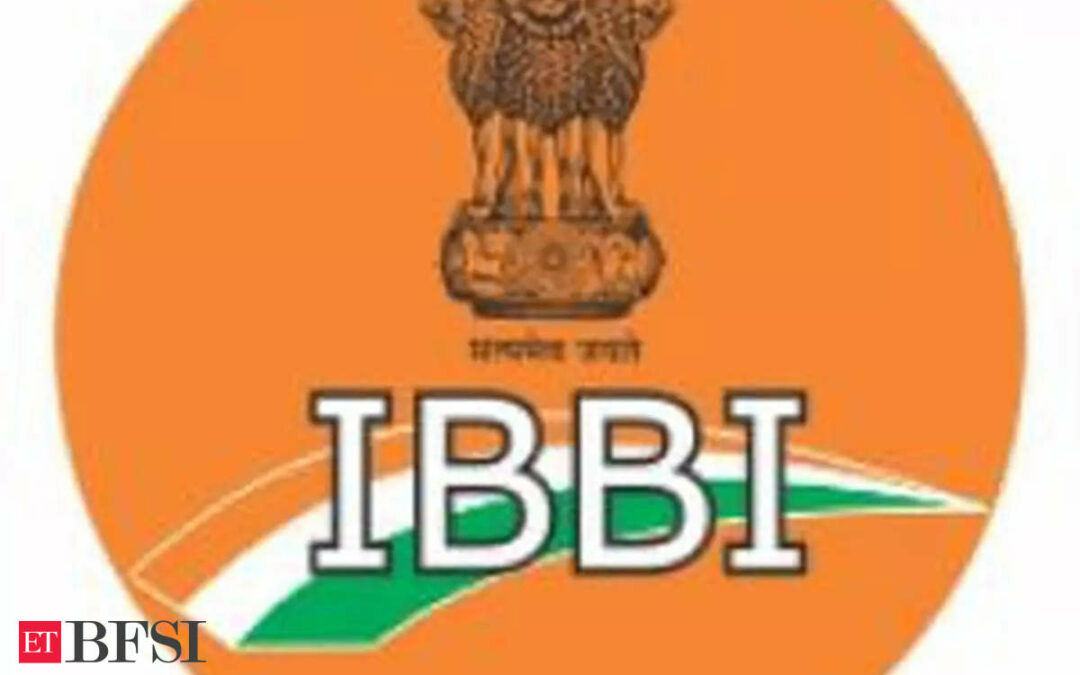The Insolvency and Bankruptcy Board of India (IBBI) has introduced a comprehensive set of guidelines for the Committee of Creditors (CoC) aimed at enhancing transparency, reducing delays, and maximizing the value of assets during the corporate insolvency resolution process (CIRP). These guidelines are designed to address inefficiencies and ensure that the CoC operates with the highest standards of professionalism and integrity.
The new guidelines focus on several key areas, including the objectivity and integrity of decision-making, independence and impartiality, professional competence, and timeliness in the resolution process. CoC members, who primarily represent financial creditors, are expected to uphold these standards to prevent value erosion of distressed assets, which has been a persistent issue due to delays in the CIRP.
A critical provision in the guidelines requires that representatives with proper authorisation be nominated to expedite decision-making and resolve disputes among lenders through non-adversarial means. This measure is intended to enhance the efficiency of the process and reduce the frequency of litigation, which has often been a bottleneck in timely resolutions.
The guidelines also mandate that CoC members share audit reports, valuation reports, and other relevant information with the resolution professional (RP). This is expected to improve the flow of information and contribute to a more streamlined and effective CIRP.
Huge delay in resolutions
IBBI’s analysis revealed that the average time to conclude a CIRP currently stands at 679 days, significantly exceeding the standard timeline of 330 days. This delay has led to a substantial decrease in the recovery rate for creditors, from 49.2% if concluded within 330 days, to just 26.1% if the process extends beyond 600 days. The new guidelines aim to address these delays by fostering a culture of transparency, cooperation, and timely decision-making within the CoC.
Additionally, the guidelines emphasize the importance of the CoC’s role in preparing and contributing to the marketing strategy for the assets of the corporate debtor, a critical step in maximizing value realization. CoC members are also encouraged to resolve disputes through dialogue rather than litigation, further supporting the goal of timely and efficient resolution.
The guidelines highlight the need for CoC members to stay updated on the provisions of the Insolvency and Bankruptcy Code (IBC) and related regulations, ensuring that their actions are in line with the latest legal and regulatory requirements. This focus on continuous learning and professional competence is seen as essential for the effective functioning of the CoC.











